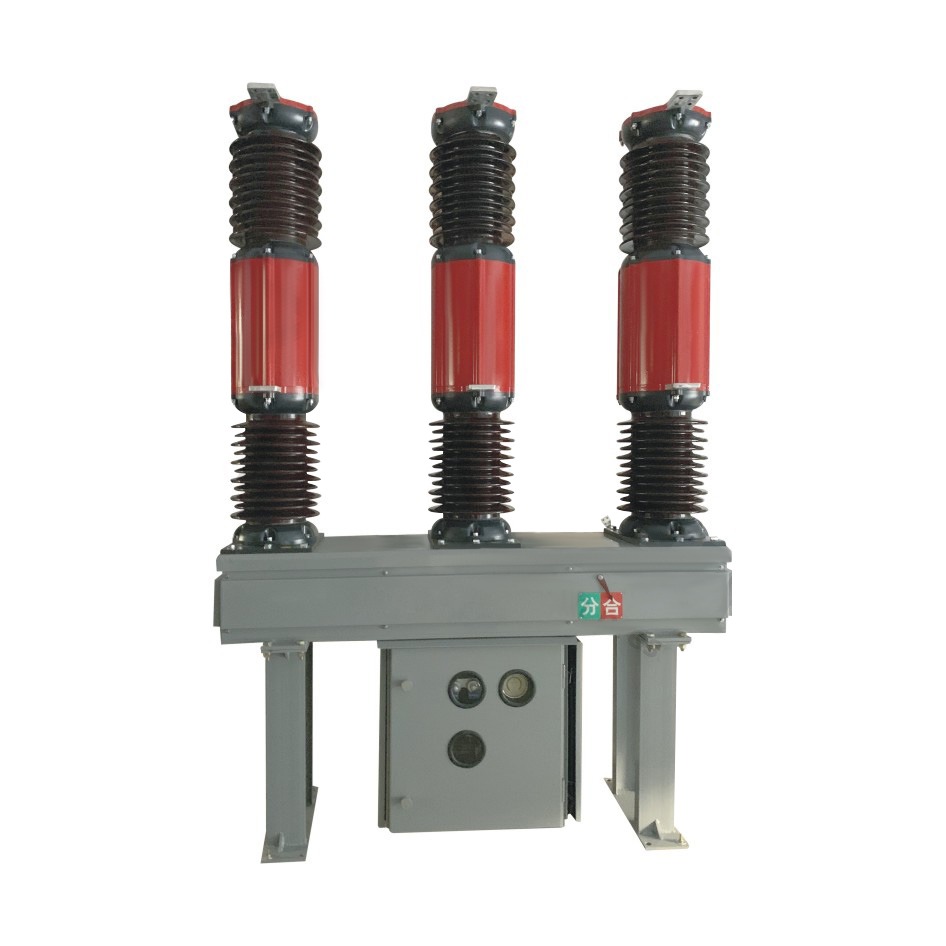How a Vacuum Circuit Breaker Ensures System Stability

Introduction to Vacuum Circuit Breaker Technology
A vacuum circuit breaker is one of the most essential components in modern electrical power systems. It plays a crucial role in ensuring reliable operation and system stability by efficiently interrupting electrical currents in the event of a fault. The use of a Vacuum circuit breaker has revolutionized power distribution by offering superior performance, low maintenance, and high safety standards. In today’s industrial, commercial, and utility sectors, the vacuum circuit breaker is considered the most advanced solution for medium-voltage and high-voltage applications.
Understanding the Function of a Vacuum Circuit Breaker
A vacuum circuit breaker operates by using vacuum interrupters to extinguish the arc formed when a fault occurs in the electrical system. When the circuit breaker detects an overcurrent or short circuit, it separates its contacts inside a vacuum chamber. The vacuum environment ensures that the arc is quickly extinguished since there are no gases or particles to sustain it. This makes the vacuum circuit breaker far more efficient and safer compared to traditional air or oil circuit breakers. The simplicity and effectiveness of this mechanism allow the vacuum circuit breaker to maintain high performance even under frequent switching operations.
Components of a Vacuum Circuit Breaker
A typical vacuum circuit breaker consists of several important components:
- Vacuum Interrupter – The core part where arc extinction occurs.
- Operating Mechanism – Provides the mechanical energy to open and close the contacts.
- Insulating Housing – Protects the internal components and provides electrical insulation.
- Contacts – Conduct electrical current under normal conditions and separate during faults.
Each of these components contributes to the overall reliability and performance of the vacuum circuit breaker.
Working Principle of a Vacuum Circuit Breaker
The working principle of a vacuum circuit breaker is based on arc interruption in a vacuum medium. When the breaker operates, the contacts separate inside the vacuum chamber. As the contacts part, an arc forms due to ionized metal vapors. However, since the vacuum has almost no gas molecules, the arc quickly dissipates when the current crosses zero. This makes the vacuum circuit breaker extremely fast in arc extinction, reducing wear on the contacts and minimizing system disruption. The quick recovery of dielectric strength within the vacuum also ensures that the vacuum circuit breaker can handle repeated operations without degradation.
Advantages of Using a Vacuum Circuit Breaker
The vacuum circuit breaker offers numerous advantages over other types of circuit breakers.
- High Reliability: The vacuum medium provides consistent arc quenching and contact longevity.
- Low Maintenance: The absence of oil or gas reduces the need for frequent servicing.
- Compact Design: The vacuum circuit breaker is lightweight and occupies less space.
- Long Service Life: Contacts in the vacuum circuit breaker suffer minimal erosion, increasing lifespan.
- Environmental Safety: No gas emissions or oil leaks make it eco-friendly.
These benefits make the vacuum circuit breaker the preferred choice for power system engineers seeking efficiency and durability.
Role of a Vacuum Circuit Breaker in System Stability
System stability refers to the ability of an electrical network to maintain continuous operation despite faults or disturbances. The vacuum circuit breaker ensures system stability by rapidly isolating faulted sections and preventing cascading failures. During a short circuit, the vacuum circuit breaker interrupts the current flow in milliseconds, allowing unaffected parts of the system to continue operating. Its high-speed performance minimizes voltage dips and prevents overload on healthy circuits. By maintaining consistent system parameters, the vacuum circuit breaker plays a pivotal role in enhancing grid reliability and overall power quality.
Applications of Vacuum Circuit Breakers
The vacuum circuit breaker is widely used across various sectors:
- Power Generation Plants: For generator and transformer protection.
- Industrial Facilities: To safeguard heavy machinery and automation systems.
- Utilities and Substations: For medium-voltage distribution networks.
- Railways and Transportation: To protect traction systems and control panels.
- Commercial Buildings: To ensure uninterrupted power and safety.
Its adaptability across different environments makes the vacuum circuit breaker an indispensable part of modern electrical systems.
Maintenance and Inspection of Vacuum Circuit Breakers
While the vacuum circuit breaker is known for its low maintenance, periodic inspection is necessary for optimal performance. Key maintenance practices include checking the contact wear, verifying insulation resistance, and ensuring mechanical alignment of the operating mechanism. The vacuum interrupter’s integrity should also be tested periodically using specialized equipment. Following these maintenance steps ensures that the vacuum circuit breaker continues to deliver dependable protection and system stability over its operational life.
Future of Vacuum Circuit Breaker Technology
The future of vacuum circuit breaker technology looks promising as manufacturers focus on enhancing its performance and integrating smart features. Innovations such as digital monitoring, predictive maintenance, and IoT-based diagnostics are being incorporated to make the vacuum circuit breaker even more efficient. With the global transition toward renewable energy and smart grids, the vacuum circuit breaker will continue to play a key role in protecting advanced electrical networks.
Conclusion
A vacuum circuit breaker is more than just a switching device; it is a guardian of electrical system stability. Its ability to interrupt faults swiftly, minimize arc energy, and ensure uninterrupted power flow makes it indispensable in today’s energy infrastructure. From power plants to industrial setups, the vacuum circuit breaker continues to prove its reliability, safety, and efficiency. As technology advances, the vacuum circuit breaker will remain at the forefront of system protection, ensuring stable and sustainable power distribution for years to come.




